Voice-enabled search has been a growing force in digital media over the past couple of years and has now reached critical mass thanks to smartphones and smart speakers. In fact, comScore estimates 50 percent of all searches will be voice-based by next year. Like the transition to a mobile-first search landscape before it, voice search seems like the next big thing for advertisers.
With a 40 percent jump in ownership last year alone, smart speakers are making a dramatic impact on consumer behavior as users search for information, consume content and even shop in more natural and frictionless ways. This presents a viable opportunity to connect with consumers that brands can’t afford to pass up. But, before brands can start implementing strategies to connect with smart speaker users, it’s important to have a basic understanding of how these devices work and how people use them. In this blog we’ll take a look at:
- How smart speakers and voice-enabled digital assistants work and who the major players in the market are.
- The pace of smart speaker adoption.
- How consumers are using smart speakers.
Smart speakers and voice-enabled digital assistants
Smart speakers are stand-alone hardware devices that provide voice-enabled digital guidance. They’re powered by digital assistants – AI-powered software that responds to voice commands. Examples of this software include Alexa (Amazon), Assistant (Google), Siri (Apple), Bixby (Samsung) and Cortana (Microsoft). You can find these digital assistants on a variety of devices other than smart speakers like phones, desktops/laptops, tablets, TVs, smart home devices, wearables, etc.
There are a variety of smart speakers available today, but the market is dominated by two major players – the Amazon Echo and the Google Home. Amazon Echo remains the most popular although Google Home has been closing the gap in recent months. Each company has a variety of options stemming from their main device.

Smart speaker adoption rates
According to eMarketer, nearly a quarter of the U.S. population, more than 77 million people, are smart speaker users. ClickZ estimates ownership will surge to 55 percent by 2022.

To illustrate just how quickly consumers are adopting smart speakers, consider this:
- Smart speakers account for about 69 percent of voice assistant users. (It’s important to note there is significant overlap with voice assistant usage on smart speakers as well as smartphones and other devices.)
- April 2019 research by Microsoft found 41 percent of smart speaker owners own two or more speakers.

So, no, smart speakers aren’t just a passing fad. Voice control is the next phase in the evolution of human-machine interaction. For advertisers, ignoring the power of smart speakers now would be akin to shrugging off the opportunity presented by smartphones audiences in 2011. To get prepared to reach smart speaker audiences, it’s important that brands understand how people are using these devices.
5 ways consumers interact with their smart speakers
In the same way that people use their phones differently, smart speaker owners use the devices in a variety of ways. Since smart speakers remain a burgeoning product, users are still learning all the things they can do with them. Simultaneously, the makers of these devices regularly push out updates so new functionality is available almost every day.
Let’s look at five common ways consumers are interacting with their smart speakers today.
No. 1: Consumers use smart speakers to facilitate daily tasks
Many smart speaker users have integrated the devices into their daily routines, relying on their Echo or Home to facilitate a number of daily tasks. For example, by saying “Alexa, good morning” users can trigger a sequence of events to start their day like turning on the lights and having Alexa read the news or review their calendar for the day.
This ability to set up Routines has a variety of other uses like turning the TV on and off, locking the door and controlling a variety of smart home functionalities. Outside of the home, smart speakers can also be used to make other daily tasks easier – like grocery shopping. Echo users can put together their shopping lists using their voice without having to stop and write everything out. When they get to the store, they can just pull out their phones, open the app and the list is right there for them.

No. 2: Consumers interact with smart speakers more naturally than other devices
Voice search in general and voice-enabled speakers specifically illicit more natural communication from users than other digital devices. People treat their smart speakers less like a device and more like a companion. This relationship has even inspired the term “e-lative” (electronic relative).
According to Google:
Fifty-three percent of people who own a voice-activated speaker said it feels natural speaking to it, with many saying it feels like talking to a friend. Several respondents told us they’re saying “please” and “thank you” to their devices—something we’ve also seen in Google Home queries.
Understanding this more natural method of communication can help brands develop content that aligns with how users interact with their smart speakers and conduct voice searches. Developing content to reach these users will require a more conversational tone than the keyword-focused content brands have historically created for search engine optimization (SEO) purposes.
To improve results for the longer, more conversational queries consumers are using, Google recently rolled out a significant change to its core search algorithm that enables contextual understanding. Rather than focusing on individual keywords, each word is now processed in relation to all the other words in the search query.
Related – How Multi-Location Brands Can Optimize Websites for Voice Search Results
No. 3: Consumers rely on voice-enabled speakers for entertainment
While smart speakers can help users complete a variety of tasks, one of their main functions is entertainment. Nearly 80 percent of smart speaker owners use their device to play music or read. About 73 percent ask their smart speaker questions (excluding weather, news and traffic related inquiries). Words like “how”, “what”, “where” and “can” are among the top 25 keywords used in search queries.

No. 4: Consumers turn to voice-enabled speakers to find information quickly
It’s all about speed and convenience. Finding information without having to pull out a phone or open a laptop is a major selling point for smart speaker owners. According to PwC, 65 percent of 25-49-year-olds speak to their voice-enabled devices at least once a day. Many users consider searching with their voice to be more efficient and natural than traditional search.
While a significant percentage of this research is looking for general information that doesn’t contain a lot of buying intent (e.g., “how many cups are in a quart,” “what’s the weather going to be like today,” etc.), consumers do turn to smart speakers to research and make purchase decisions.

Smart speakers’ growing role in purchase decisions means brands will need to refine their SEO strategies to compete in a landscape that no longer offers the luxury of ten search results.
No. 5: Consumers use smart speakers to shop but buying is limited
Although about 40 percent of U.S. smart speaker owners have used them to shop, including researching products or putting them in an online shopping cart, only about 27 percent actually complete a purchase. However, buying is expected to increase as consumers become more comfortable and confident with voice interfaces.

This post was originally published in April 2018; it has been updated with new information to help you keep up with trends in smart speaker usage.
Related article: 5 Ways Your Brand Can Use Content Marketing to Connect With Smart Speaker Users


![[Guide]: Voice Search Marketing – How to Reach Smart Speaker Users](https://mindstreammediagroup.com/wp-content/uploads/2018/07/Marketing-to-Consumers-on-Smart-Speakers-featured-image.jpg)
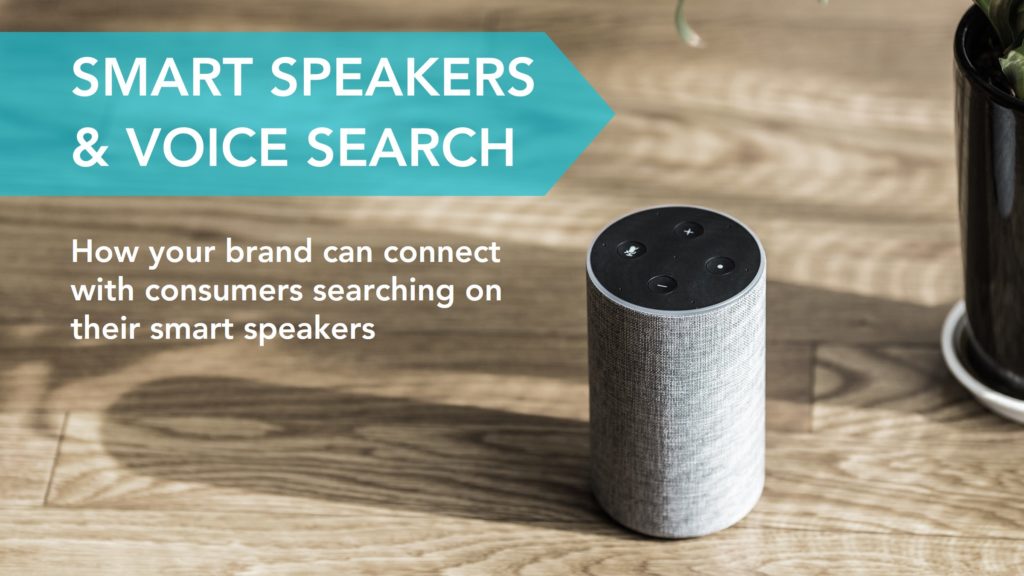
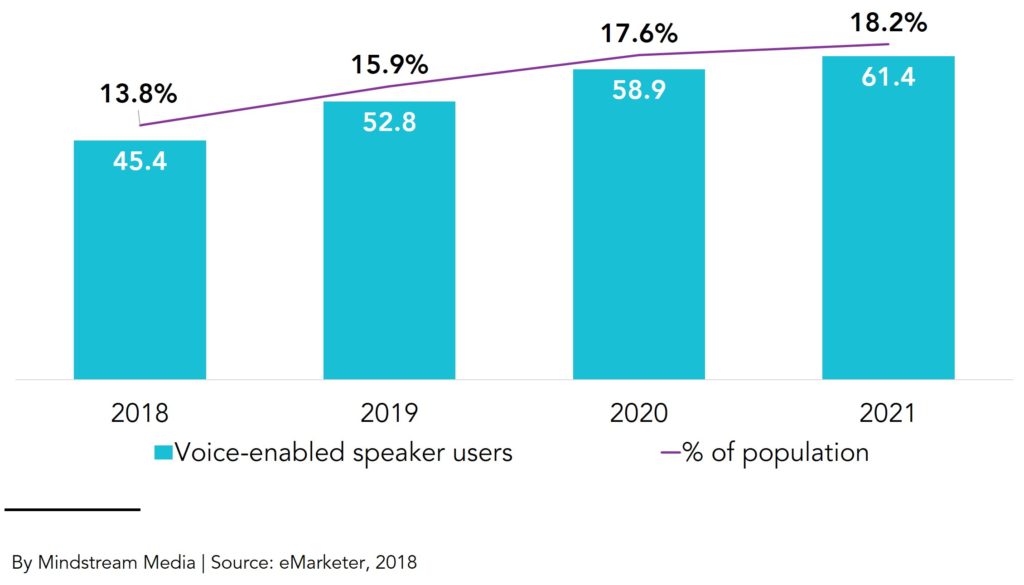



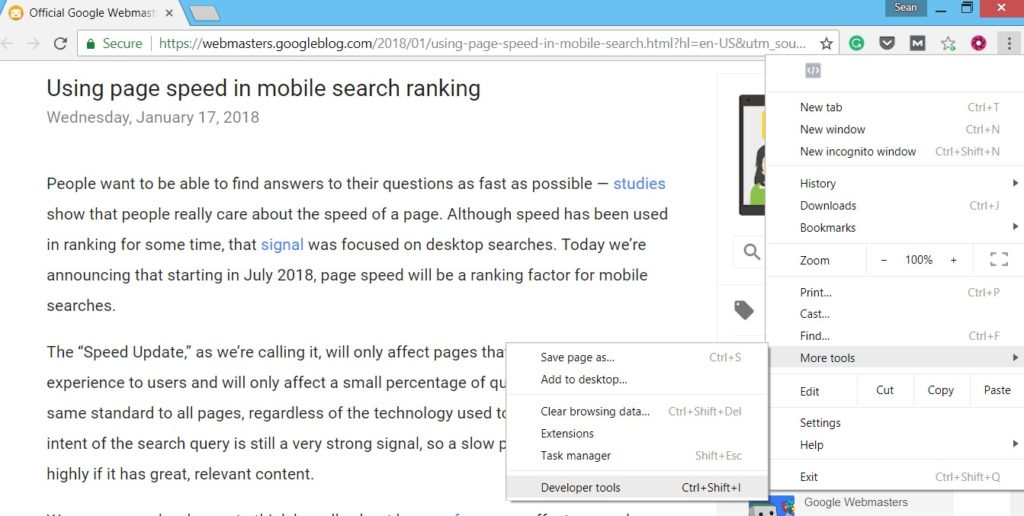




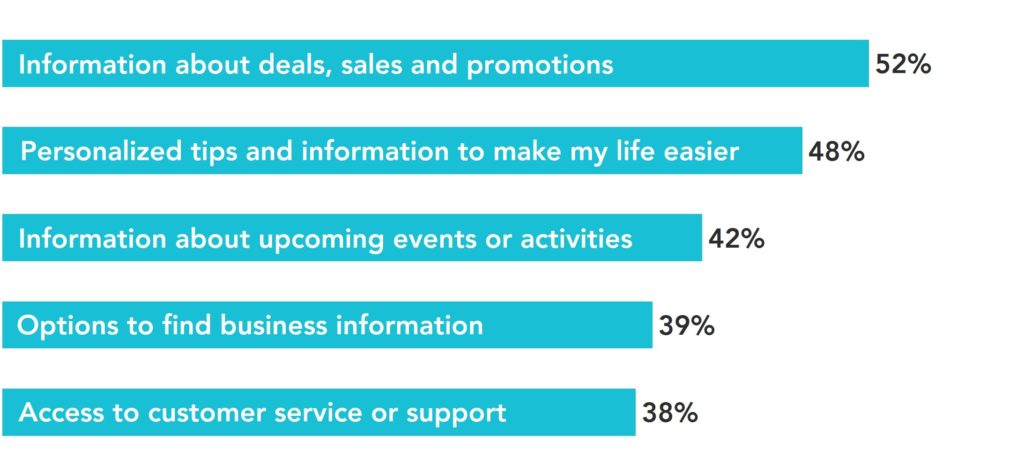
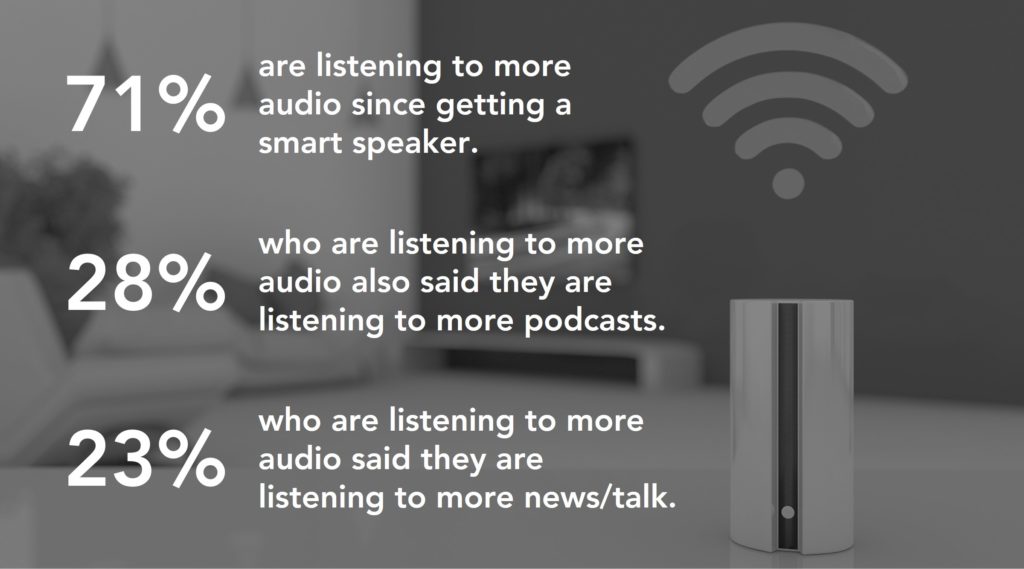

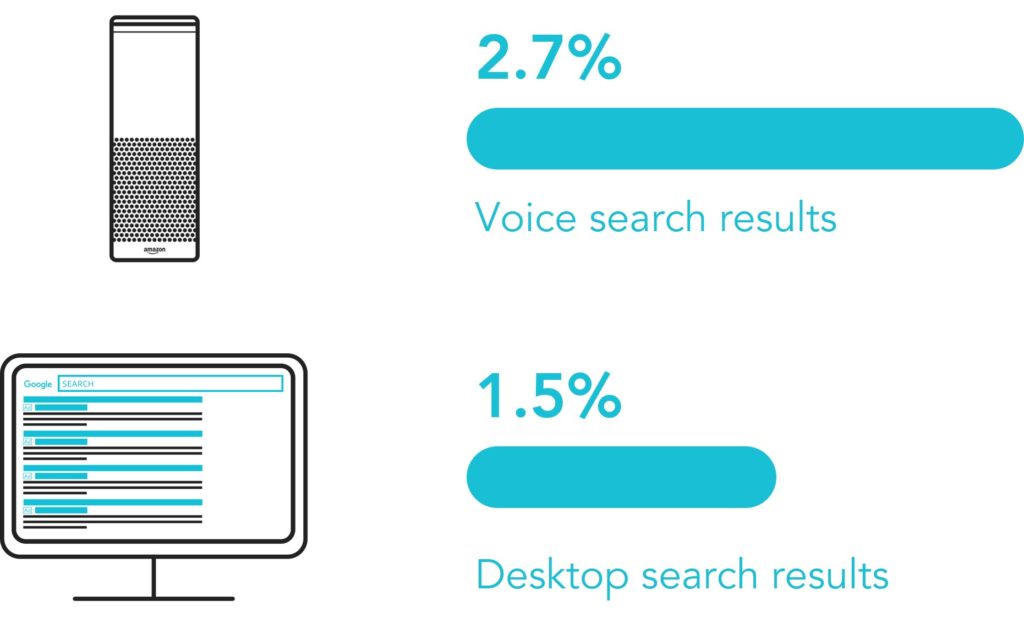
![[Infographic]: Smart Speakers: The Rise of the Machines](https://mindstreammediagroup.com/wp-content/uploads/2018/04/Smart-speaker-infographic-featured-image-for-blog-post.jpg)
